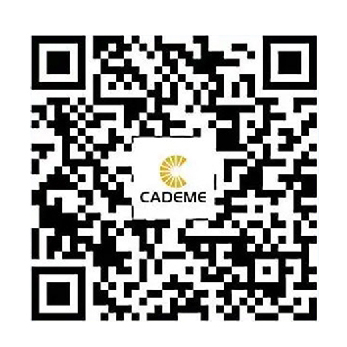The Origins of Hammer Action
Early Keyboard Instruments
Before the advent of hammer action, early keyboard instruments such as the harpsichord and clavichord used different mechanisms to produce sound. The harpsichord, for example, plucked strings with quills, while the clavichord struck strings with metal blades called tangents. These instruments, although revolutionary in their own right, lacked the dynamic control that modern musicians seek.
The Invention of the Piano
The piano, invented by Bartolomeo Cristofori in the early 18th century, introduced the first true hammer action mechanism. Cristofori’s design utilized hammers that struck strings when keys were pressed, allowing for greater expressive control over dynamics and articulation. This innovation laid the foundation for the modern piano and inspired subsequent improvements in keyboard action.
The Evolution of Piano Hammer Action
The Classical Era
During the Classical era, piano builders continued to refine Cristofori’s hammer action. Innovations such as the escapement mechanism, which allowed hammers to fall away from the strings immediately after striking, improved the responsiveness and repeatability of notes. This period saw the rise of prominent piano makers like Johann Andreas Stein and Sébastien Érard, who contributed significantly to the development of the action mechanism.
The Romantic Era
The Romantic era brought further advancements in piano hammer action. Pianos became larger and more powerful, with extended ranges and heavier actions to accommodate the expressive demands of composers like Beethoven and Liszt. Double escapement mechanisms, patented by Érard in 1821, allowed for rapid repetition of notes, enhancing the instrument’s versatility.
Modern Developments in Keyboard Hammer Action
The Emergence of Digital Pianos
The 20th century saw the rise of digital pianos, which sought to replicate the feel and sound of acoustic pianos using electronic technology. Early digital pianos often fell short in replicating the nuanced touch of a real piano. However, advancements in hammer action technology have significantly improved the authenticity of digital pianos.
Graded Hammer Action
Modern digital pianos often feature graded hammer action, where the weight of the keys varies from heavier in the lower register to lighter in the upper register, mimicking the feel of an acoustic grand piano. This innovation enhances the playing experience and provides a more realistic touch response.
Hybrid Systems
Hybrid pianos, which combine acoustic and digital elements, represent the latest in hammer action technology. These instruments use real hammers and strings alongside digital sound engines, offering the best of both worlds. Yamaha’s AvantGrand series and Kawai’s Novus line are examples of hybrid pianos that utilize advanced hammer action mechanisms.
The Impact of Hammer Action on Music and Performance
Expression and Dynamics
Hammer action has fundamentally transformed musical expression. The ability to control dynamics and articulation with precision has enabled pianists to explore a wider range of emotional and tonal possibilities. This has had a profound impact on both composition and performance, allowing for more intricate and expressive music.
Technique and Training
The realistic touch of hammer action keyboards is crucial for developing proper piano technique. Pianists can practice on digital pianos with confidence that their skills will transfer to acoustic pianos. This has made high-quality musical training more accessible, as students can practice on affordable digital instruments that replicate the feel of grand pianos.
Our company is a comprehensive enterprise ingratiating research and development, design, production, sales and service. We produce several kinds of electronic piano for all over the world.
If you want to know more details, add my
whatsapp: +86 17706062278. Gmail: anngood88day@gmail.com





